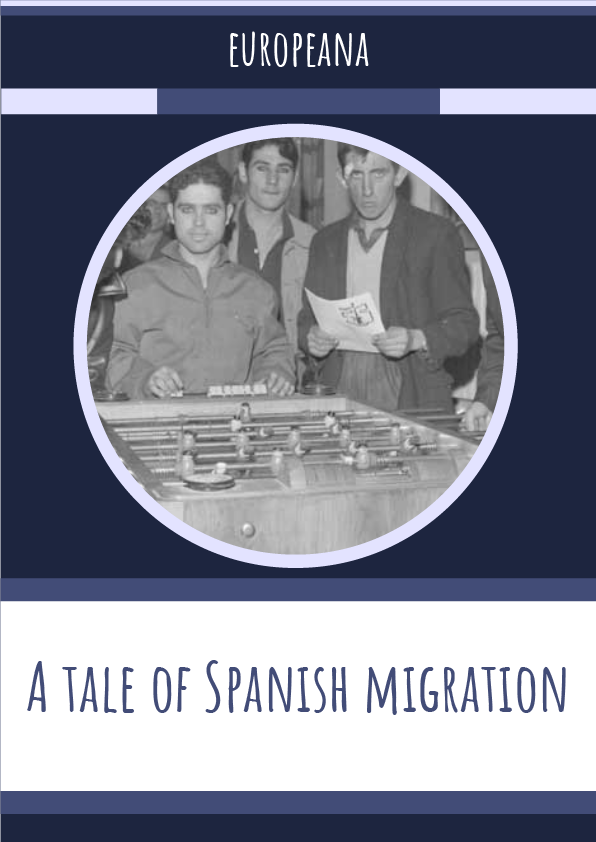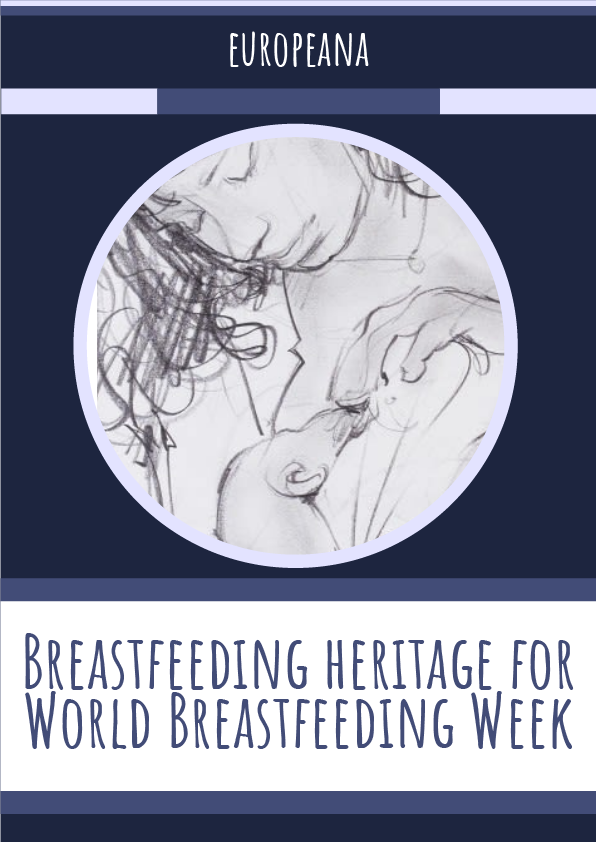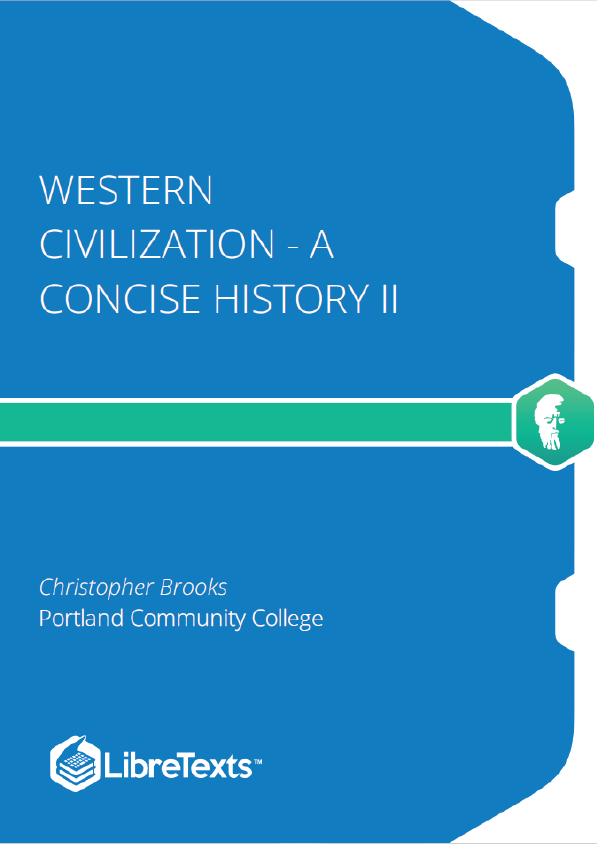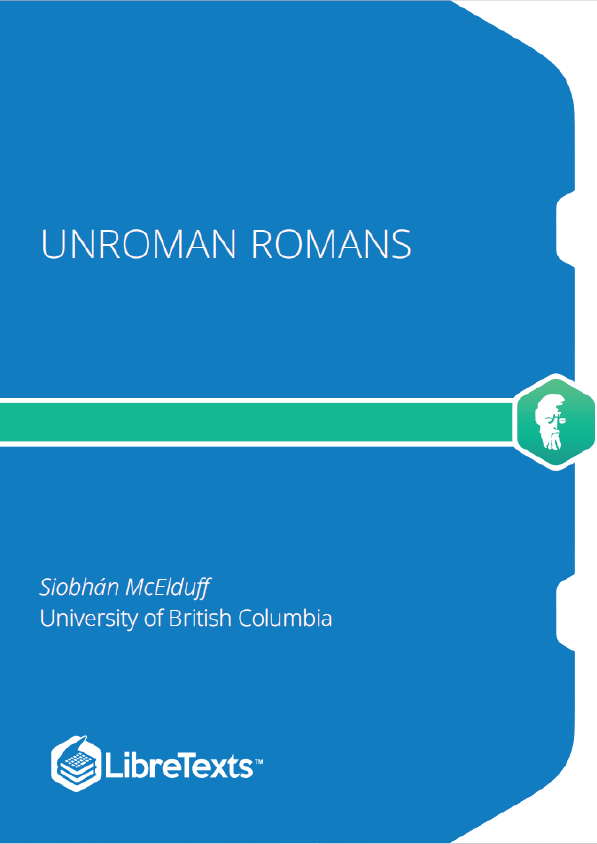Creating a home abroad
During the 1970s, Spanish gastarbeiders made up some 35,000 of the workforce in the Netherlands. We spoke to one such person who migrated, Balbino Cuervo, on his journey through Europe for love and work, and his story of creating a home and community away from his native Spain. Born in Oviedo, Asturias in 1948, Balbino emigrated for the first time to Switzerland in 1963 with his parents. Economic and political pressures led his father, and later his mother and himself, to emigrate to Neuchatel, where the family lived for nine years.
In Neuchatel, Balbino met his wife Susannah, a Dutch nurse working in Switzerland. It was because of Susannah that he decided to move to Amersfoort, Netherlands, and begin working for a machinery company (having studied mechanical engineering in Switzerland). While Balbino would later become a voice for Spanish gastarbeiders and the Spanish community in the Netherlands, his emigration story was instigated by his desire to start a new life with Susannah.
“Balbino says, ‘basically, I came here for love.”
While his move to the Netherlands was a result of love, his early emigration centres on work. After being made redundant from his job at an explosives factory, Balbino’s father (Balbino Snr.) went to work illegally in Switzerland. This practice was commonplace in a time when ‘cheap labour’ was prioritised over legality. Balbino says, ‘the lack of workforce was so big that the authorities tended to overlook these kinds of situations. Here in the Netherlands, the situation was more or less the same.’ 1961, when the Dutch government and the Spanish Institute of Migration signed an agreement allowing Dutch corporations to hire Spanish workers. They would work in labouring roles as welders or steelworkers.
According to Balbino, the cultural and political climate at the time encouraged emigration for work, even though this created an environment that was oftentimes isolated and controlled. Only men were allowed to emigrate to encourage workers to return home. Even with the general hardships, this did not eventuate, leading to the illegal immigration of Spanish women. Finally, in the 1970s, a reunification program was implemented.
After the death of Francisco Franco in 1975, the first Spanish elections in 1977, and the approval of the Constitution in 1978, many Spanish workers moved back to Spain. According to Balbino however, Spanish workers still accounted for approximately 26,000 of the workforce. To Balbino, and many immigrants, community is a pivotal part of starting a new life. During his first years, he became focused on learning Dutch and converting his certifications through a Hoog Technische School diploma. This helped Balbino to cement a space within the Dutch society. After the birth of his child, he became involved in the organisation of Spanish-language schools for the children within the Spanish community, an initiative that is still active in 2018 Netherlands. Further, he was involved with the council of the ‘House of Spain’, and later joined the Netherlands branch of UGT











